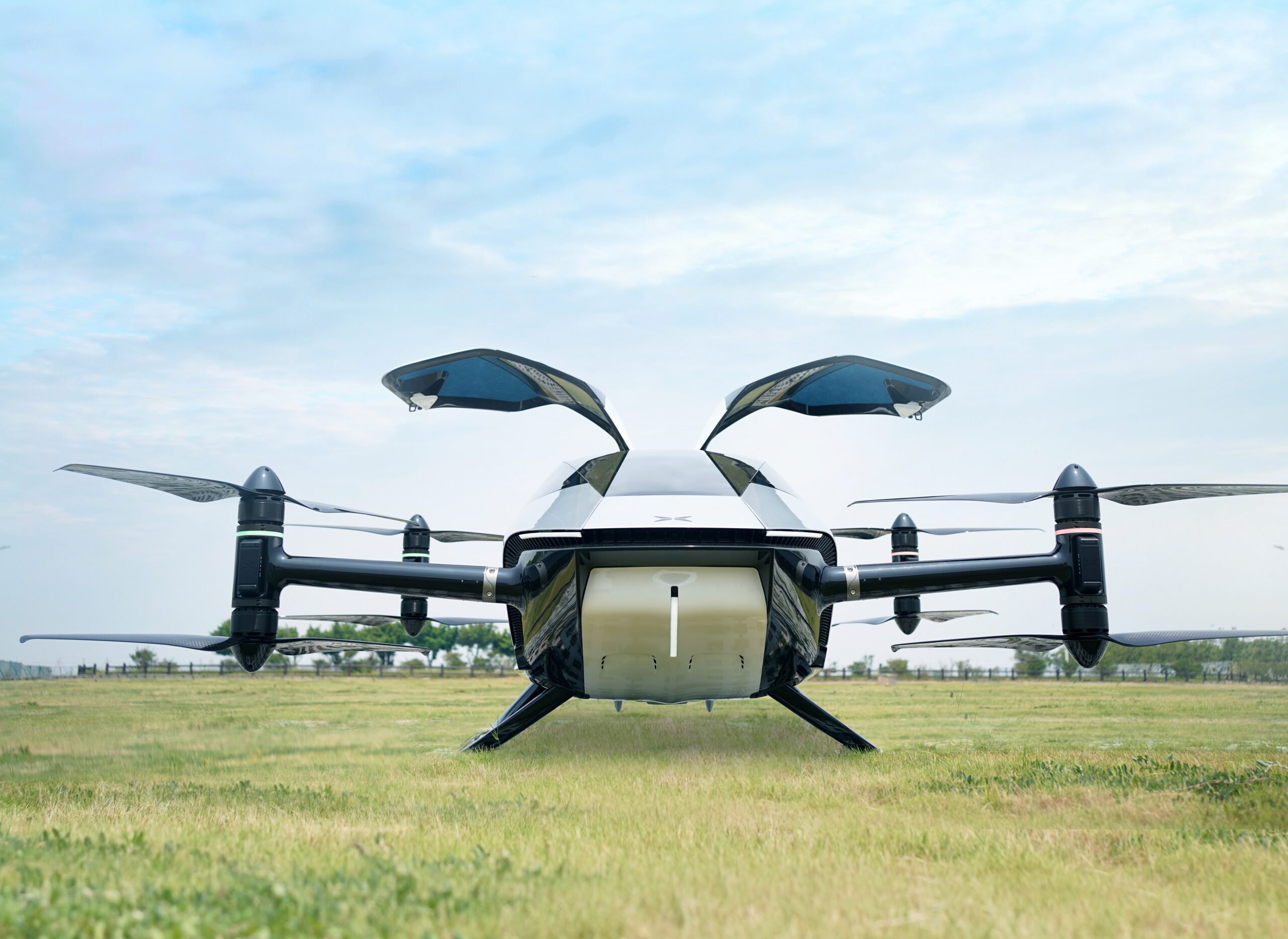Mining industry giant Liebherr is committed to a resource sector with zero emissions.
Like the rest of the Liebherr Group, executive general manager, future industries project Paul Murphy is passionate about creating a decarbonised future.
For Liebherr, this translates to a strong decarbonisation strategy and the development of more electric equipment that does away with diesel for good.
“There are constant queries as to what is the ‘right’ solution for decarbonisation,” Murphy told Australian Mining.
“Our view is the future equipment will be electric based with flexibility on the nature of the power system depending on the application. Our zero-emission designs will ensure that current and future equipment can be retrofitted with future technologies.
“These modular concepts allow for combinations of different energy solutions and future technology adaptations. The design principle enables energy type-agnostic and machine application-agnostic drive train technology.”

Image: Liebherr
Liebherr has set a clear target: offering proven fossil-free mining equipment by 2030 at the latest.
But Liebherr knows it can’t do it alone.
“Liebherr-Australia, in conjunction with our global factories, has established development and supply partnerships where the objectives of both parties are aligned,” Murphy said.
“These partnerships will deliver the first zero-emission T 264 240-tonne haul truck fleets with deployment of a minimum of 120 units from 2025. Liebherr is committed to supporting our customers through this journey by enabling them to upgrade to zero-emission drives from now on delivered equipment.
“Liebherr-Australia continues to deliver the execution phase of these zero-emission solutions and will play a lead support for the comprehensive design verification phases which will occur in Australia.
“These objectives can only be met through comprehensive collaborations across multiple internal and external partnerships at every level.”
While switching to an entirely electric fleet can be daunting for some, Liebherr is committed to working with its customers to ensure an easy conversion.
“Equipment powered by green energy will need different equipment utilisation and significant changes to the energy supply chain infrastructure ending at the machine,” Liebherr said.
“The initial investment can be a financial hurdle for mines to adopt new technology.
“Liebherr’s electrification solutions compensate for infrastructure installation capital expenditure by creating a more productive truck fleet or even reduced truck fleet sizes due to significantly quicker speed on ramp.”
Liebherr also offers cable handling systems with semi-automatic cable reels for electric excavators and an operational concept in double benching, to support its customers in the mine setup.
Liebherr-Australia recently executed a retrofit solution from a diesel R 9400 backhoe excavator to an electric R 9400 E backhoe excavator with cable reel for a valued customer, further solidifying Liebherr’s capability to provide customers with zero-emission upgrade options on existing equipment.
Never one to rest on its laurels, Liebherr is constantly looking to the future to see how else it can help change the industry for the better.
“Liebherr sees a high potential in the usage of ammonia for heavy mobile, high energy demanding machines,” the company said.
“Once more sophisticated E-fuels become competitively available at scale, Liebherr is ready to utilise these fuels in machines equipped with Liebherr engines.
“Hydrogen combustion engines are currently being tested in our factory in Switzerland.”
Liebherr will continue to explore different pathways to meet its zero-emission targets.
“Liebherr takes its environmental responsibilities incredibly seriously and considers contributing to the decarbonisation of the mining industry as one of its obligations as an original equipment manufacturer (OEM),” the company said.
“Liebherr Mining has already embarked on our path towards decarbonisation so that we can hand over a world with a future to our children.
“As an OEM, we all have required competencies and it is our responsibility to push, drive, and realise decarbonisation.”
This feature appeared in the June 2024 issue of Australian Mining.


